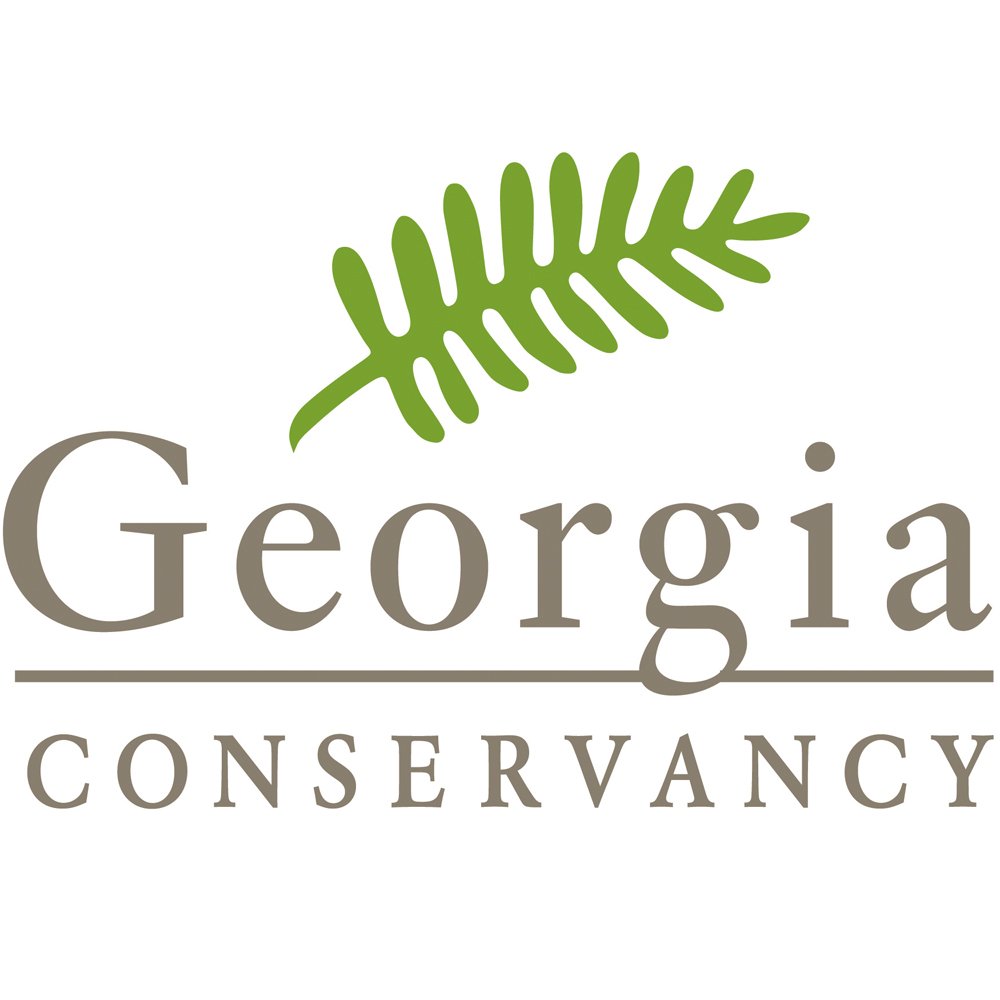Housing Study: Gilmer County
A Georgia Conservancy-supported Housing Study of Gilmer County
It seems that no community in Georgia has been spared from the housing challenges sweeping the state and the nation. Yet, while housing issues are almost ubiquitous, the challenges facing individual communities are not identical.
In Gilmer County, home to the cities of Ellijay and East Ellijay, a lack of workforce housing is being exacerbated by the region’s attractiveness as a tourist and second-home destination. While rising popularity has been a boon in some ways, the county and cities have struggled with retaining low- to moderate-income residents that form the bulk of the workforce, which has impacted the commercial service industry, essential functions, and more
In early 2022, Georgia Conservancy partnered with the Greater Gilmer Joint Development Authority and the Gilmer Initiative for Community Housing (GICH) to investigate regional housing issues. GICH sought an independent third party to conduct a study based on qualitative and qualitative data available. This study could then be used as a springboard to educate community members and leaders on the topic and inform future housing-related policy.
This report documents the deep-dive that Georgia Conservancy took to understand all aspects of housing in Gilmer Country, including housing supply, demand, supply, challenges, and opportunities. The study reviewed Gilmer County as a whole, as well as its two main incorporated cities of Ellijay and East Ellijay. The outcome of this study is to give county leadership concrete and tangible information that will help inform decision making for a resilient housing system in the Gilmer community. It will inform both high-level policy levers to support an attainable housing system in Gilmer, as well as more specific examples of potential pilot projects and initiatives the county can take on in support of a resilient housing system.
Project Scope
This project was designed to provide a thorough understanding of current housing conditions in Gilmer County and its cities. In concert with the main objectives of GICH, specific emphasis was placed on understanding how demographic trends interacted with population projections, existing housing stock and development needs and goals. From there, the project team determined general recommendations related to specific housing needs
Questions? Reach out to Georgia Conservancy Designer / Planner Luben Raytchev at lraytchev@gaconservancy.org





